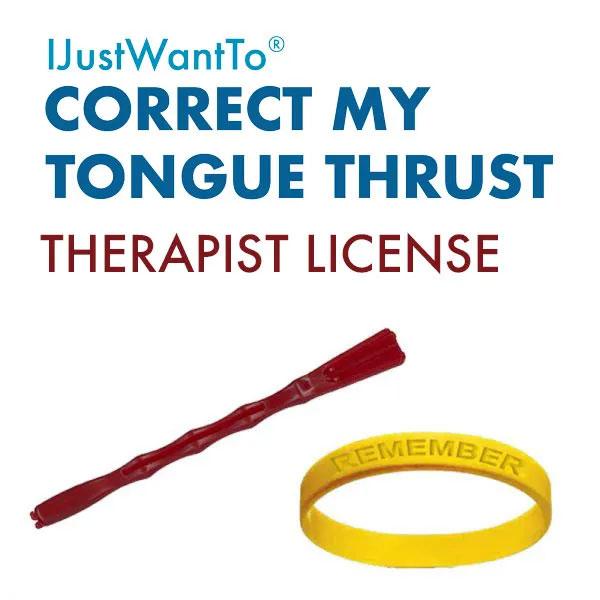In this article, we are discussing when to plan your child’s first orthodontist visit.
What Is an Orthodontist?
It’s never too early to begin thinking about visiting an orthodontist. However, a child should definitely visit an orthodontist around the age of seven. This is because, by this age, the child's permanent teeth have usually come in enough for the orthodontist to evaluate their bite and identify any potential issues.
Signs Your Child Should Visit the Orthodontist Sooner Than Age Seven
However, if a child is showing signs of orthodontic problems earlier, such as difficulty biting or chewing, or speech issues, it is recommended that they see an orthodontist as soon as possible. Early intervention can help prevent more severe problems from developing later on and make treatment more effective. Some of the signs your child should visit earlier include:
- Crowding of teeth: If a child has a lot of teeth in a small space, this can cause the teeth to become misaligned and overcrowded. An orthodontist can assess if early intervention is necessary to prevent future problems.
- Early or late loss of baby teeth: If a child loses baby teeth too soon or too late, this can cause problems with the alignment of their permanent teeth. An orthodontist can evaluate the situation and determine if early treatment is required.
- Mouth breathing: If a child is a mouth breather, this can cause the development of their jaw and teeth to be altered. An orthodontist can provide early intervention to prevent future problems.
- Thumb sucking: Prolonged thumb sucking can cause problems with the alignment of a child's teeth and jaw. An orthodontist can advise on ways to break the habit and provide early treatment if necessary.
- Protruding front teeth: If a child has front teeth that stick out, they are at risk of being damaged or knocked out. An orthodontist can provide early treatment to prevent this from happening.
- Speech difficulties: If a child has difficulty speaking, this can be a sign of an orthodontic issue. An orthodontist can evaluate the situation and provide early treatment if necessary.
- Family history of orthodontic issues: If a child has a family history of orthodontic problems, they may be more likely to experience these issues themselves. An orthodontist can evaluate their risk and provide early treatment if necessary.
- Biting the cheek or roof of the mouth: If a child bites their cheek or roof of their mouth repeatedly, this can be a sign of an orthodontic problem. An orthodontist can evaluate the situation and provide early treatment if necessary.
What to Expect When Visiting the Orthodontist
During the initial visit, the orthodontist will examine the child's teeth, jaw, and bite to identify any issues, such as crowding, overbite, or crossbite. They will also take X-rays and photographs to get a better understanding of the child's dental development.
If the orthodontist identifies a problem, they may recommend treatment options such as braces or other appliances. In some cases, the orthodontist may recommend a "watch and wait" approach, in which the child is monitored until their dental development is further along before treatment is started.
It's worth noting that not all children will need orthodontic treatment, but early evaluations can help prevent future problems.
It's also important to remember that orthodontic treatment can be costly, and many insurance plans don't cover it. Parents should be aware of the cost and their insurance coverage before scheduling an appointment with an orthodontist.
How Teeth Relate to Speech Issues
An orthodontist may recommend braces to correct speech issues caused by misaligned teeth. This can improve the clarity and sound of speech by properly aligning the tongue, lips, and jaws. The orthodontist will examine the bite and teeth and determine the best course of treatment, which may include traditional metal braces, clear braces, or aligners.
The length of treatment will depend on the severity of the speech issue and the desired outcome, but with proper care and regular visits to the orthodontist, the results can be remarkable.
Does Your Child Need Braces or Tongue Thrust Therapy?
Regardless of whether or not your child needs braces to correct misaligned teeth, speech issues are often related to tongue thrust and can potentially be improved with simple exercises.
Tongue thrust is a speech disorder characterized by the tongue protruding between the upper and lower front teeth during speech and swallowing. This can cause misalignment of the teeth and jaw, leading to speech impediments, swallowing difficulties, and other dental problems.
Tongue thrust is often caused by habits such as thumb-sucking, prolonged bottle-feeding, and finger-biting.
We have developed a simple program that can help improve tongue thrust without any invasive tools. This program is the only solution of its kind. It is a seven-week tongue exercise program that has proven results to correct a tongue thrust and fix an incorrect tongue position.
This is accomplished by building the tongue muscles with specific exercises and by making the new tongue position a habit. When this happens, nasal breathing should replace mouth breathing while sleeping, stopping snoring and other symptoms of mouth breathing.
Your child may or may not be able to avoid braces by correcting tongue thrust through a program like ours; however, if they have tongue thrust, we can be sure they will benefit from these exercises whether or not they need additional correction for their teeth. If you’re ready to explore IJustWantTo® Correct My Tongue Thrust, reach out to us today!



